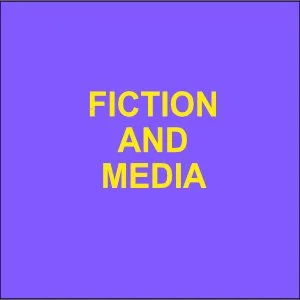By Henry James
The Bostonians is a novel by Henry James, first published as a serial in The Century Magazine in 1885–1886 and then as a book in 1886. This bittersweet tragicomedycentres on an odd triangle of characters: Basil Ransom, a political conservative from Mississippi; Olive Chancellor, Ransom's cousin and a Boston feminist; and Verena Tarrant, a pretty, young protégée of Olive's in the feminist movement. The storyline concerns the struggle between Ransom and Olive for Verena's allegiance and affection, though the novel also includes a wide panorama of political activists, newspaper people, and quirky eccentrics.
-
Henry James originally entered into an agreement with the Boston publisher James R. Osgood & Co. to publish the book in the United States for $4,000. Osgood made a separate agreement with The Century for the magazine to serialize the novel. In May 1885, before the serialization had finished and James had been paid any of the money owed to him, Osgood's firm went bankrupt.[1] James was able to recover part of the lost sum by selling the copyright to Macmillan and Co., which published The Bostonians in a three-volume edition in Britain in February 1886, and in a one-volume edition in the US in May 1886.[1] James was not, however, able to recover any money for the serialization in The Century.[2]
-
Mississippi lawyer and Civil War veteran, Basil Ransom, visits his cousin Olive Chancellor in Boston. She takes him to a political meeting where Verena Tarrant delivers a feminist speech. Ransom, a strong conservative, is annoyed by the speech but fascinated with the speaker. Olive, who never has set eyes on Verena, is equally fascinated. She persuades Verena to leave her parents' house, move in with her and study in preparation for a career in the feminist movement. Meanwhile, Ransom returns to his law practice in New York, which is not doing well. He visits Boston again and walks with Verena through the grounds of Harvard College, including the impressive Civil War Memorial Hall. Verena finds herself attracted to the charismatic Ransom. Basil eventually proposes to Verena, much to Olive's dismay. Olive has arranged for Verena to speak at the Boston Music Hall. Ransom shows up at the hall just before Verena is scheduled to begin her speech. He persuades Verena to elope with him, to the discomfiture of Olive and her fellow-feminists. The final sentence of the novel shows Verena in tears – not to be her last, James assures us.
London. Macmillan . 1886. 419p.





















